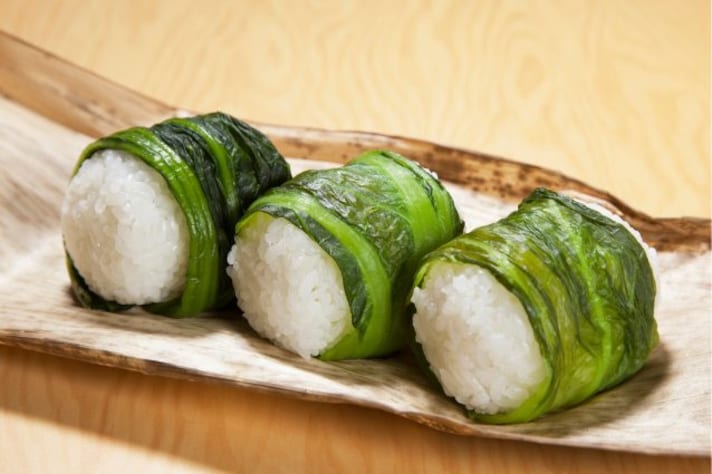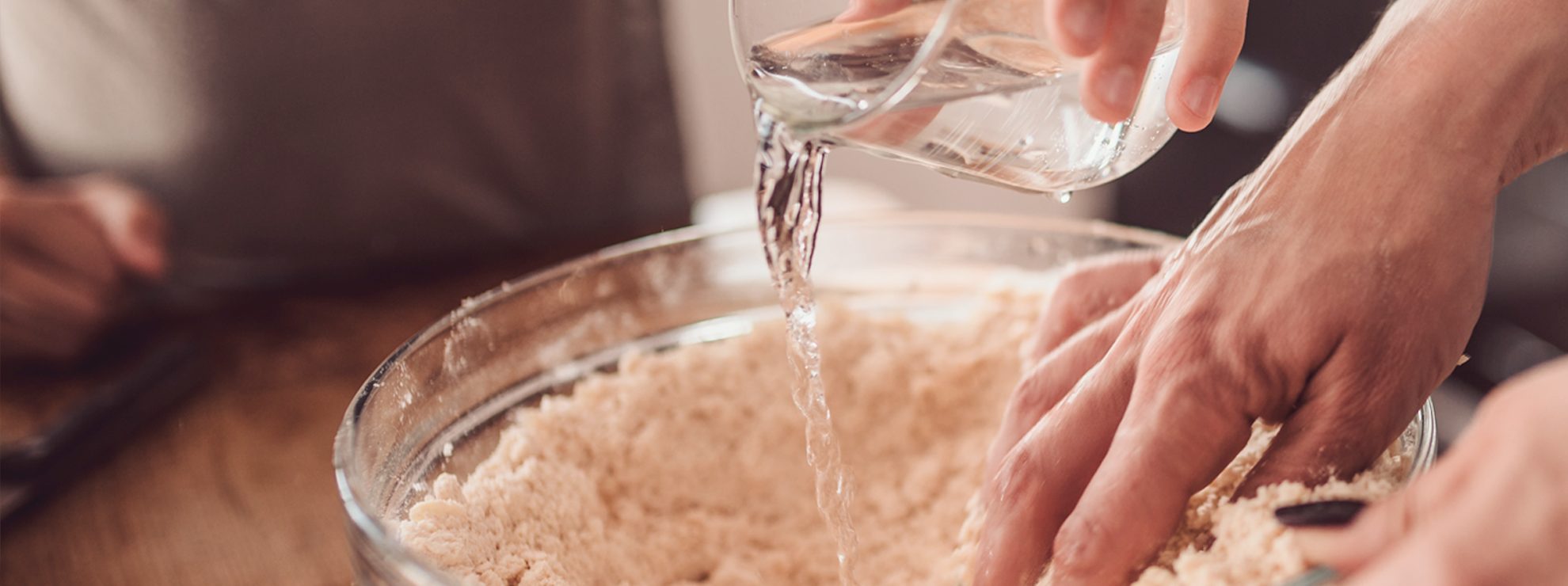10 Popular Japanese Onigiri and Their Fillings
Onigiri, traditional Japanese rice balls, are a staple snack made from salted rice with various fillings, wrapped in seaweed. Originating as travel food, they have evolved into diverse flavors like salmon, plum, tuna mayo, and more. Enjoyed nationwide, onigiri are popular for their convenience and variety, reflecting local tastes and seasonal ingredients.

Onigiri, pronounced "oh-nee-gee-ree," is a quintessential Japanese food that's as practical as it is delicious. These rice balls, traditionally formed by hand and wrapped with nori (seaweed), are a staple in Japanese cuisine. They are perfect for a quick snack, a side dish, or a portable meal.
A Brief History of Onigiri
The origins of onigiri date back over a thousand years. Initially, they served as a way to preserve rice and as provisions for travelers and warriors because they are easy to store and carry. Over the centuries, onigiri evolved from plain rice balls to include a variety of flavorful fillings and seasonings, reflecting local ingredients and preferences. Typically, onigiri are made by cooking short-grain Japanese rice and while still warm, it is shaped into triangular or round shapes with a bit of salt and a filling of choice.
10 Popular Variants of Onigiri in Japan
Onigiri come in an array of flavors and fillings, each offering a unique taste of Japanese culinary tradition. From the salty and savory to the sweet and tangy, here are ten popular varieties of onigiri, each distinct in its ingredients and cultural significance:
1. Salmon (Sake)
Perhaps the most classic onigiri, filled with flaked salted salmon. Popular all over Japan, it is often consumed for breakfast or lunch. The salty flavor of the salmon complements the sweetness of the rice, making it a favorite.

2. Plum (Umeboshi)
Known for its distinct sour taste, umeboshi (pickled plum) onigiri is both a favorite and a traditional option believed to aid digestion and promote health. It is commonly eaten as a refreshing summer snack.
3. Tuna Mayo (Tsuna Mayo)
A modern favorite, this onigiri is filled with a mixture of canned tuna and mayonnaise, offering a creamy, savory flavor that appeals to all ages. It’s a common sight in convenience stores and picnics.
4. Seaweed (Kombu)
Featuring sweet and salty simmered kombu (kelp), this variant is particularly popular in Hokkaido. Kombu onigiri is often enjoyed during travel or as a part of a packed meal.

5. Bonito Flakes (Okaka)
Mixed with soy sauce for a moist and savory filling, the smoked bonito flakes provide a smoky, umami-rich taste. This type is especially popular as a hearty snack during outings.
6. Chicken Teriyaki
Filled with succulent pieces of chicken glazed in teriyaki sauce, these onigiri are a hit among those who prefer a sweet and savory flavor profile. They are often eaten at room temperature, making them perfect for bento boxes.
7. Cod Roe (Mentaiko)
Spicy and salty, mentaiko (seasoned cod roe) is a filling that offers a burst of flavor. Popular in Fukuoka and other parts of Kyushu, mentaiko onigiri is typically enjoyed with a cold beer.

8. Pickled Mustard Greens (Takana)
Takana, a type of pickled leaf mustard, provides a crunchy texture and a tangy flavor to the onigiri. This variant is particularly popular in Kyushu and is often eaten as a snack or a quick meal.
9. Bamboo Shoot (Takenoko)
Springtime brings the delight of takenoko (bamboo shoot) onigiri, where tender shoots are mixed with rice for a subtly sweet and earthy flavor. It's a seasonal favorite, particularly enjoyed during the hanami (flower viewing) season.
10. Fried Tofu (Yaki-Aburaage)
A filling of rice encased in a pocket of fried tofu, often seasoned with soy sauce or mirin. This variant is particularly popular among vegetarians and is commonly found in Buddhist cuisine.
;Resize,width=767;)

;Resize,width=712;)

